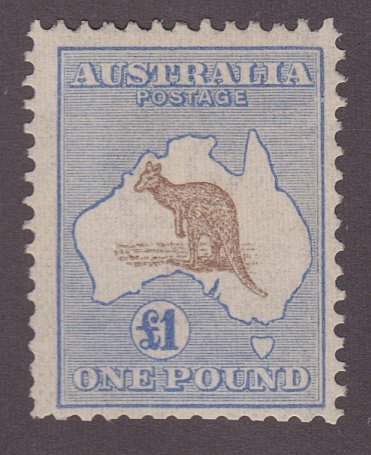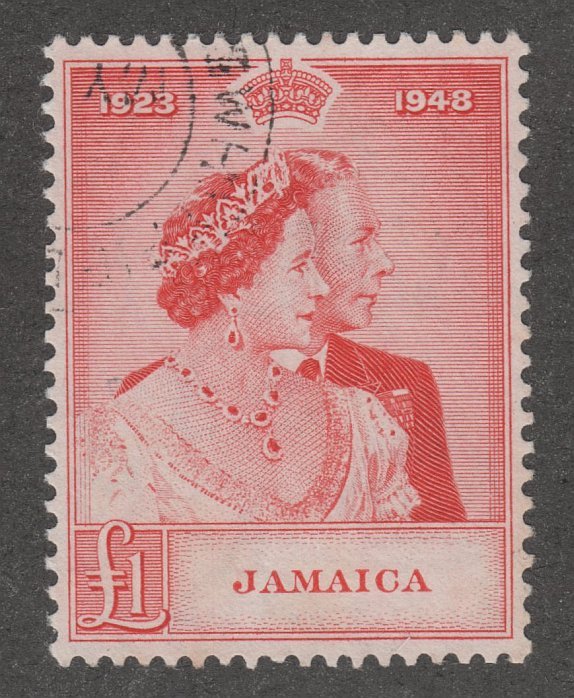
Discussion - Member to Member Sales - Research Center

Discussion - Member to Member Sales - Research Center

The two stamps shown are plate proofs, there are 5 to the set, to collect all 5 will be an arduous task.


In philately a Die Proof is a printed image pulled directly from the master die for an engraved stamp.
As a stamp is engraved it is necessary to check progress and a series of proofs are printed or 'pulled' from the die. These are known as progressive or contemporary die proofs.
Progressive proofs also form part of the design and approval process for a stamp. Any changes made during this process turn the proofs into essays which may be identified retrospectively because they differ from the issued stamp.
Die proofs for engraved stamps are normally printed under great pressure onto over-sized card and, as they are printed from the master die, they are normally of high quality. By contrast they may also be printed on India paper, a strong, thin, opaque paper.
The proofs are not necessarily in the same colour(s) as the issued stamp. A proof on India or other paper mounted on a die-sunk card is known as a hybrid proof.
Once the die is completed, it is transferred multiple times to the plate from which the stamps are printed.
Any pulls from the master die after the stamp has been printed are known as posthumous die proofs and are normally produced for presentation purposes, as samples of the printer's work or to satisfy philatelic demand.

2 Members
like this post.
Login to Like.
Robert,
Thanks, learned a thing or two from that explanation.
And any stamp with Golden Wattle, a Kangaroo, and an Emu on it can't be bad. Not to mention the Imperial Crown.
Eric

Login to Like
this post
"Robert,
Thanks, learned a thing or two from that explanation.
And any stamp with Golden Wattle, a Kangaroo, and an Emu on it can't be bad. Not to mention the Imperial Crown.
Eric"
Hi Eric
Thanks for the comment, writing a little history makes the stamp that more interesting. With those characteristics on the stamp it definitely cannot be all bad.

Login to Like
this post
Member ACCC (Australian Commonwealth Collectors Club of NSW)
16 Dec 2016
09:33:03pm
King George V Plate Proofs
The two stamps shown are plate proofs, there are 5 to the set, to collect all 5 will be an arduous task.


In philately a Die Proof is a printed image pulled directly from the master die for an engraved stamp.
As a stamp is engraved it is necessary to check progress and a series of proofs are printed or 'pulled' from the die. These are known as progressive or contemporary die proofs.
Progressive proofs also form part of the design and approval process for a stamp. Any changes made during this process turn the proofs into essays which may be identified retrospectively because they differ from the issued stamp.
Die proofs for engraved stamps are normally printed under great pressure onto over-sized card and, as they are printed from the master die, they are normally of high quality. By contrast they may also be printed on India paper, a strong, thin, opaque paper.
The proofs are not necessarily in the same colour(s) as the issued stamp. A proof on India or other paper mounted on a die-sunk card is known as a hybrid proof.
Once the die is completed, it is transferred multiple times to the plate from which the stamps are printed.
Any pulls from the master die after the stamp has been printed are known as posthumous die proofs and are normally produced for presentation purposes, as samples of the printer's work or to satisfy philatelic demand.

2 Members
like this post.
Login to Like.

re: 1914 King George V Plate Proofs
Robert,
Thanks, learned a thing or two from that explanation.
And any stamp with Golden Wattle, a Kangaroo, and an Emu on it can't be bad. Not to mention the Imperial Crown.
Eric

Login to Like
this post
Member ACCC (Australian Commonwealth Collectors Club of NSW)
17 Dec 2016
06:11:57am
re: 1914 King George V Plate Proofs
"Robert,
Thanks, learned a thing or two from that explanation.
And any stamp with Golden Wattle, a Kangaroo, and an Emu on it can't be bad. Not to mention the Imperial Crown.
Eric"
Hi Eric
Thanks for the comment, writing a little history makes the stamp that more interesting. With those characteristics on the stamp it definitely cannot be all bad.

Login to Like
this post


